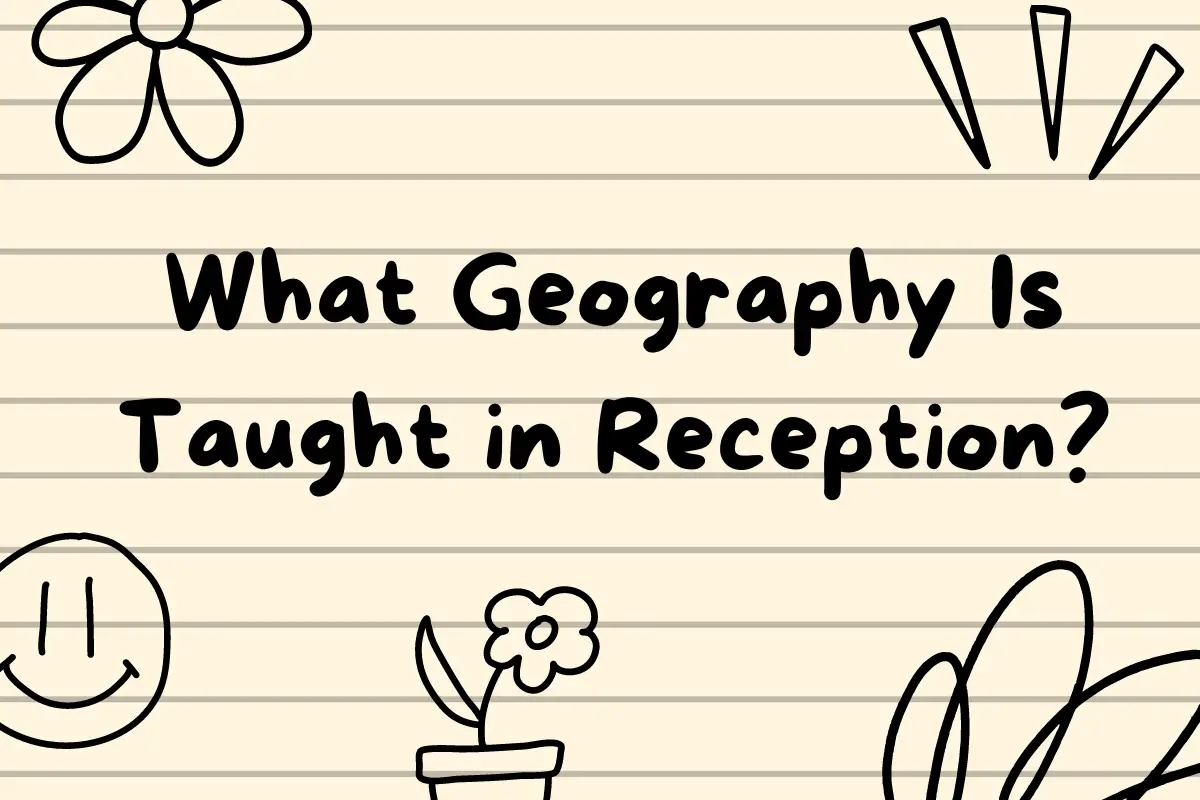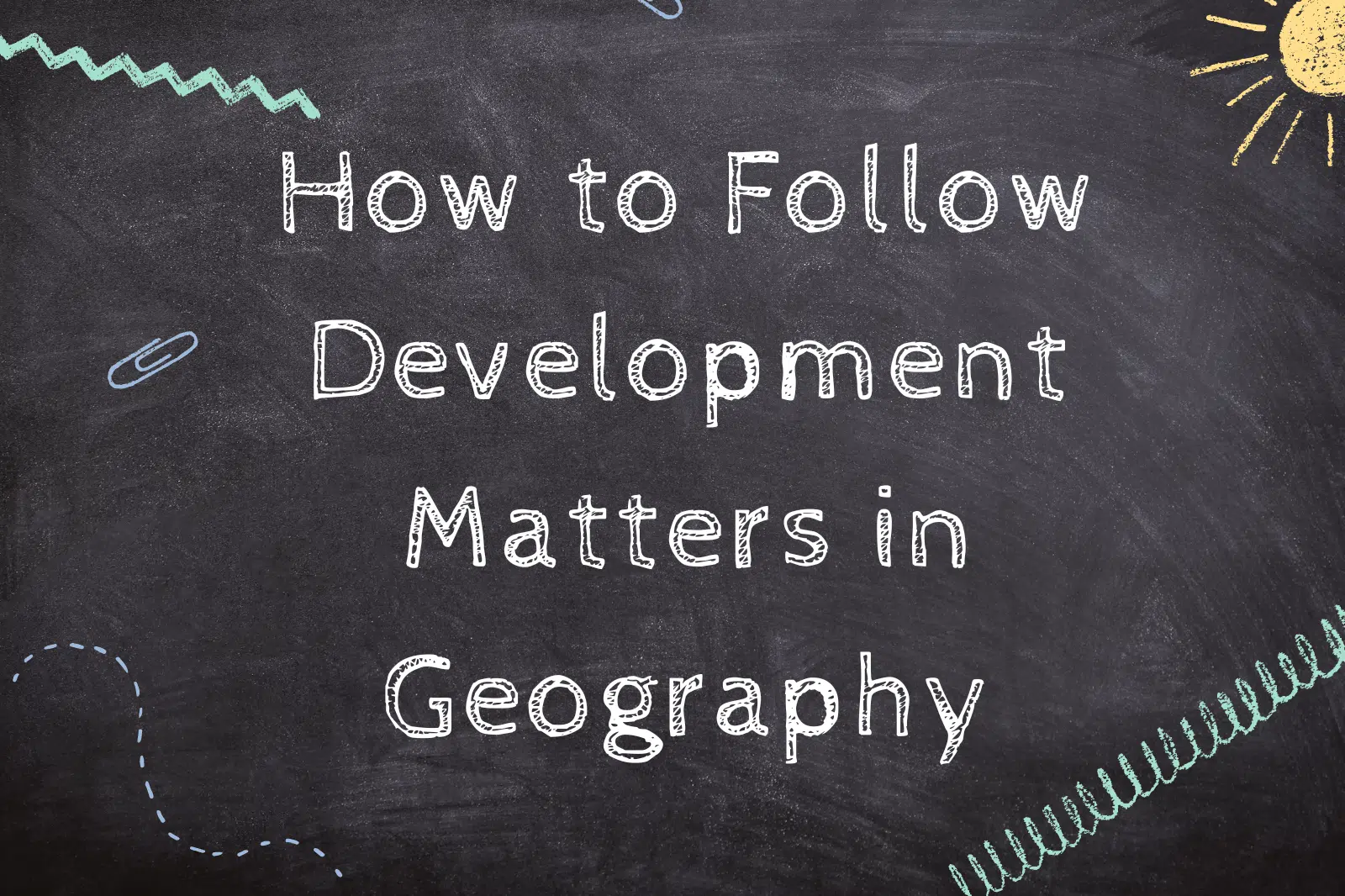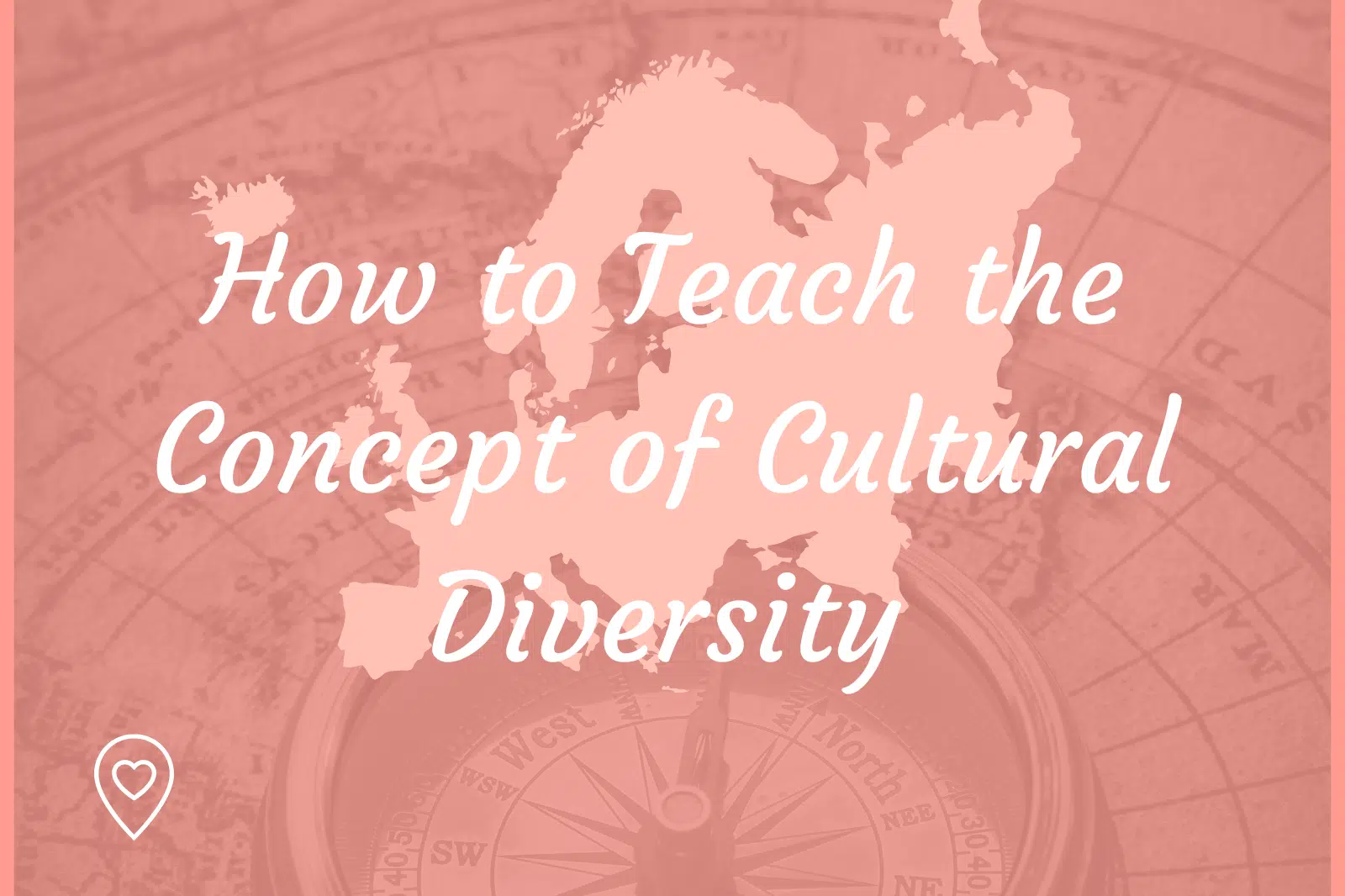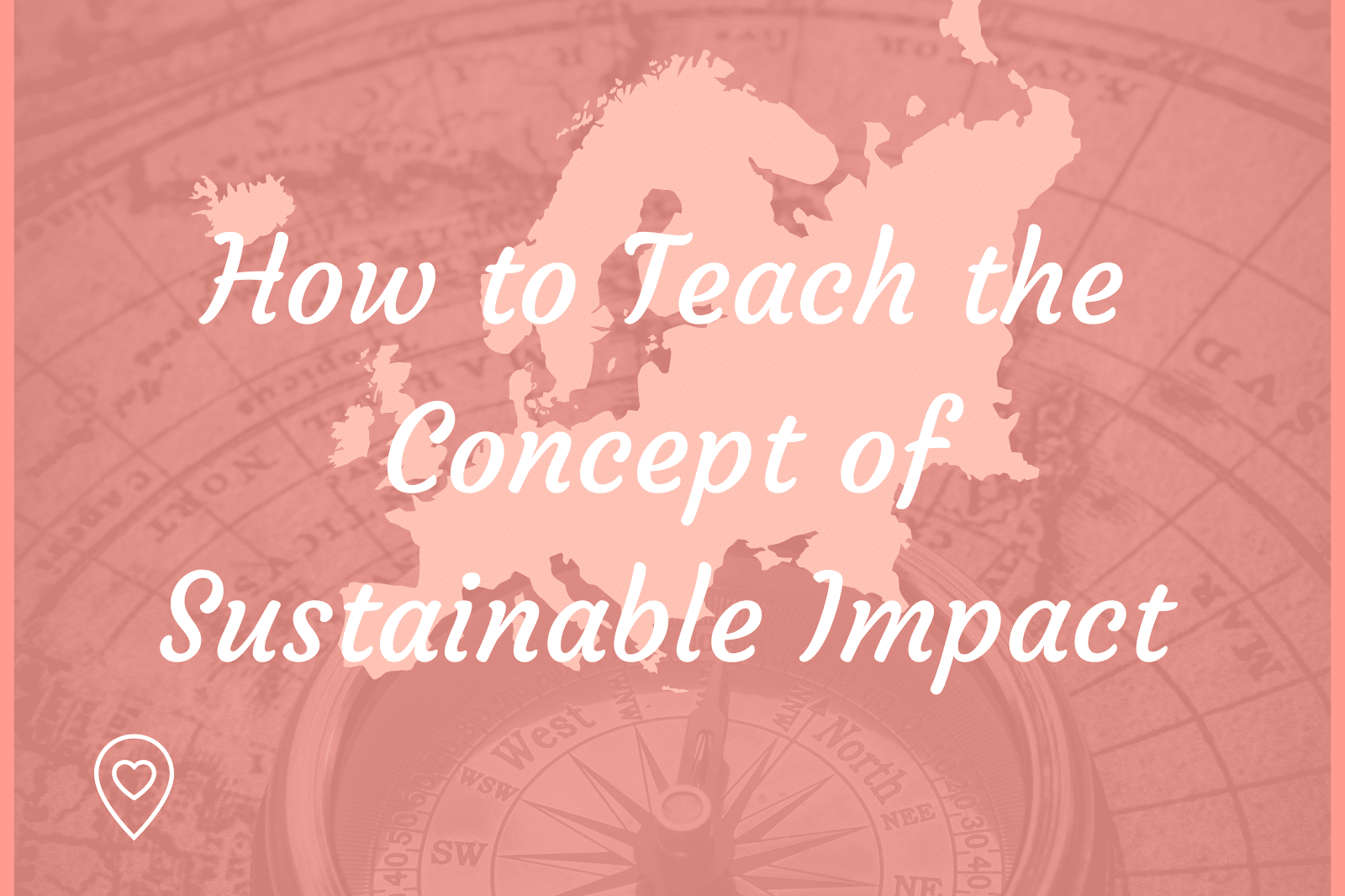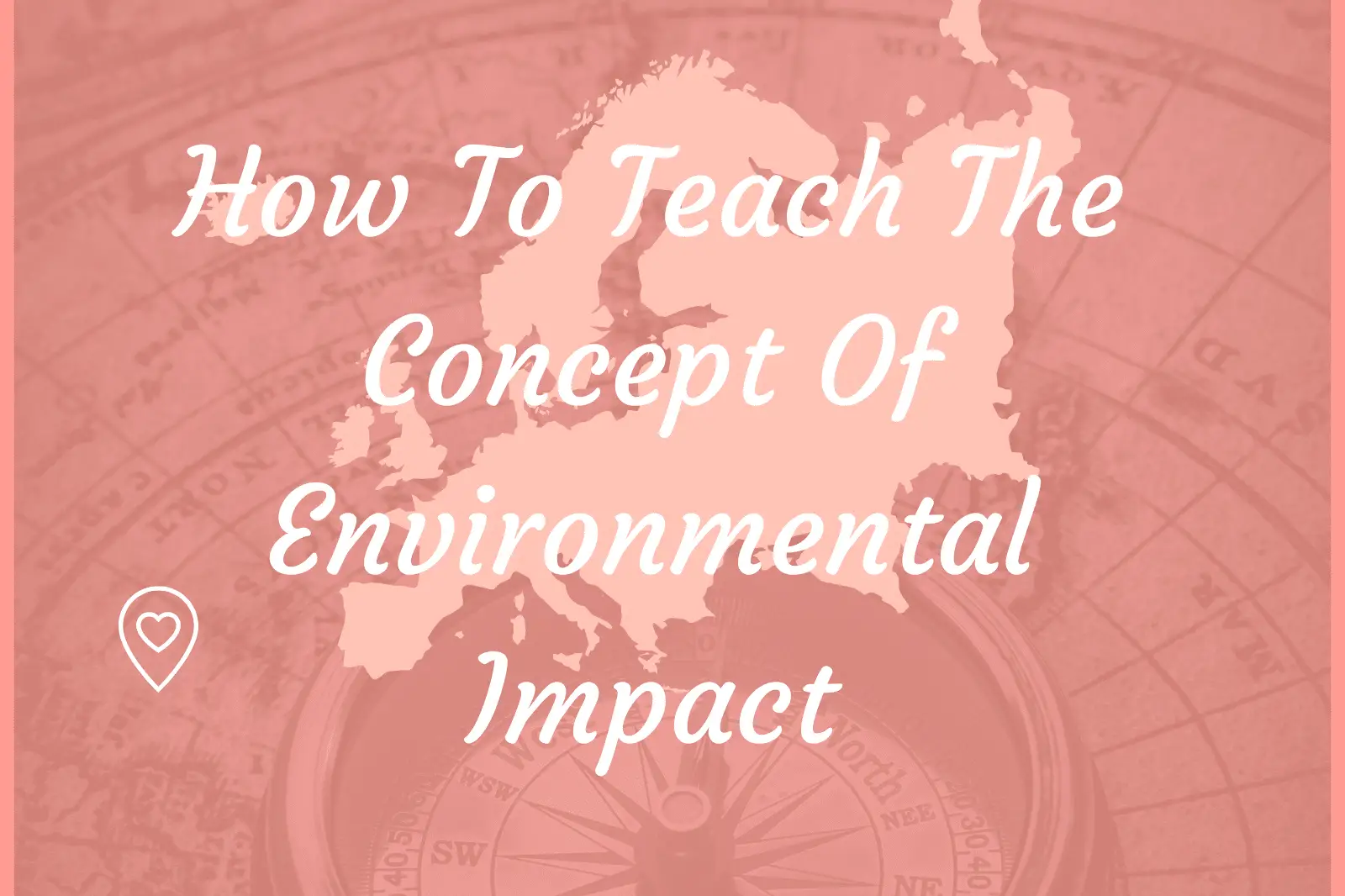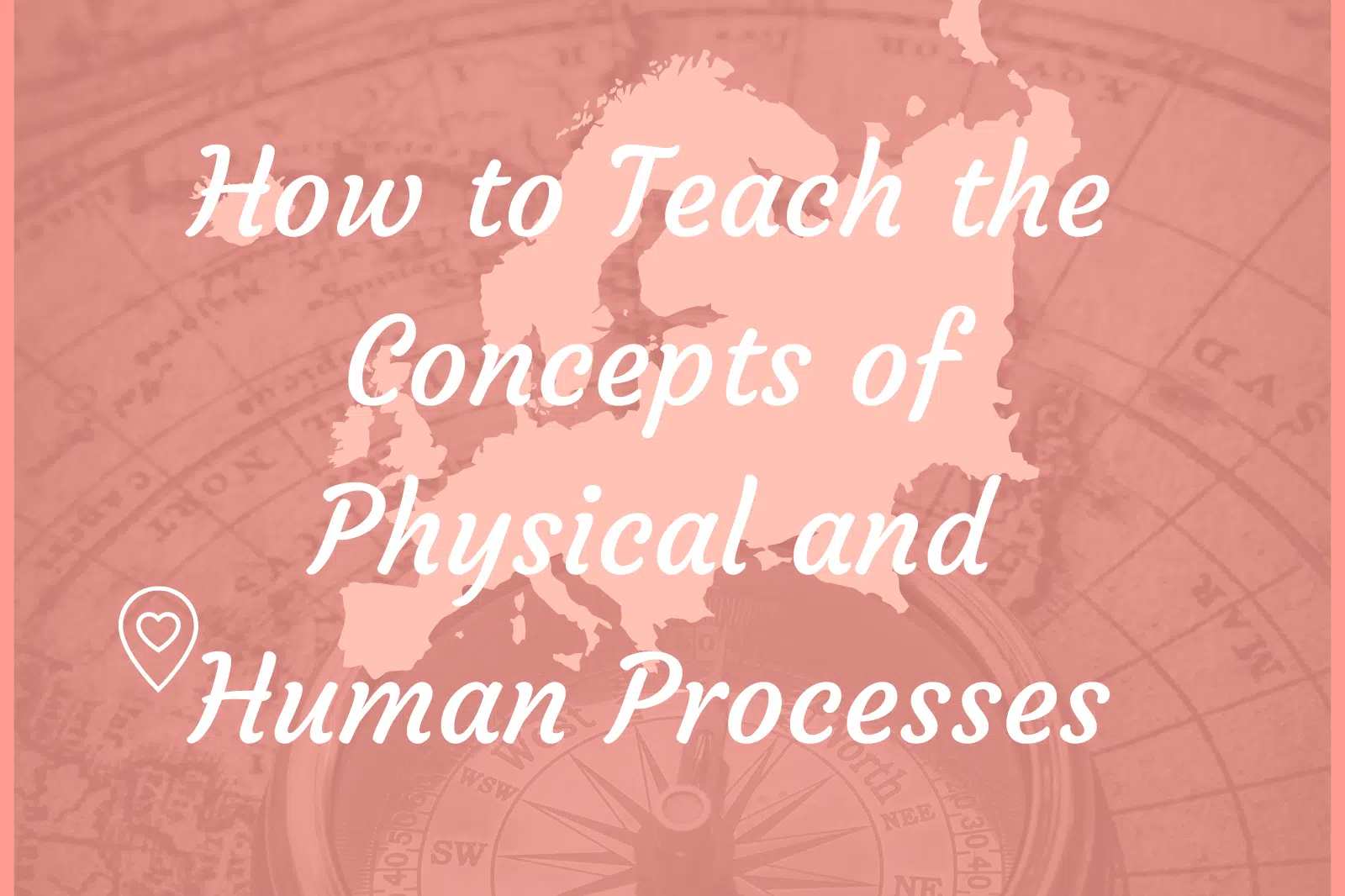Geography is a subject that helps students understand the world around them. It is a discipline that involves studying the earth’s physical features, climate, and human activities.
One of the key concepts in geography is space. Understanding the concept of space is crucial to developing students’ spatial thinking skills, which are essential in many aspects of life.
Related: For more, check out our article on What Has To Be Taught In the Geography National Curriculum here.

Teaching the concept of space in geography lessons can be challenging. However, with the right strategies, teachers can help students develop a better understanding of space.
By incorporating space into the curriculum and exploring Earth and its place in the universe, teachers can help students see the world differently.
This article will discuss some effective teaching strategies for spatial understanding and explore how to incorporate space into the curriculum. We will also look at how assessment and reflection can be used to improve geography education.
Key Takeaways
- Understanding the concept of space is crucial to developing students’ spatial thinking skills in geography.
- Effective teaching strategies for spatial understanding include incorporating space into the curriculum and exploring Earth and its place in the universe.
- Assessment and reflection can be used to improve geography education.
Related: For more, check out our article on How To Teach Cultural Awareness In Geography here.
Understanding the Concept of Space in Geography
Geography is the study of the Earth’s surface, its features, and the relationships between them. It is a subject that is concerned with space, place, and environment.
Understanding the concept of space is crucial in geography lessons as it helps students to develop a deeper understanding of the world around them.
This section will explore the definition of space and its importance in geography. It will also discuss the key concepts of space, place, and environment.
Defining Space and Its Importance in Geography
Space is a fundamental concept in geography. It refers to the physical and social dimensions of the Earth’s surface.
According to the Geographical Association, space can be defined as “the location of points, features, or regions in absolute and/or relative terms and the relationships, flows and patterns that connect and/or define them”.
In geography, space is not just a physical entity but also a social construct that is shaped by human activities.
Space is important in geography because it provides a framework for understanding the world. It helps students to make connections between different parts of the Earth’s surface and to appreciate the diversity of human and physical landscapes.
By studying space, students can develop a deeper understanding of the spatial relationships between people, places, and environments.
Related: For more, check out our article on The 10 Best Geography Games Online here.
Key Concepts: Space, Place, and Environment
The concept of space is closely related to the concepts of place and environment. Place refers to the unique characteristics of a particular location, including its physical and cultural attributes.
Environment, on the other hand, refers to the natural and human-made features of the Earth’s surface, including its physical and biological systems.
In geography, space, place, and environment are considered to be substantive concepts. These concepts are specific to geography and are used to describe the world in spatial terms.
They are different from organising concepts, which are used to organise knowledge across different subject areas. Examples of organising concepts include comparison, change, and causation.
The relationship between space, place, and environment can be represented in a schema, which is a visual representation of the relationships between different concepts. The schema for space, place, and environment is shown below:
| Space | Place | Environment |
|---|---|---|
Understanding the concept of space is essential in geography lessons. It provides a framework for understanding the world and helps students to develop a deeper appreciation of the spatial relationships between people, places, and environments.
The key concepts of space, place, and environment are substantive concepts that are specific to geography and are used to describe the world in spatial terms.
Teaching Strategies for Spatial Understanding
Teaching spatial concepts can be challenging, but several effective strategies can be used to help learners develop their spatial thinking skills.
Incorporating maps and globes into lessons, utilising technology and GIS in spatial education, and fieldwork are all effective approaches to spatial learning.
Incorporating Maps and Globes into Lessons
Maps and globes are essential tools in teaching spatial concepts. They can be used to help learners understand the relationship between different places, the location of natural and human features, and the distribution of resources and populations.
Teachers can use maps and globes to create interactive activities that help learners develop their spatial thinking skills.
For example, teachers can use maps to help learners understand spatial relationships by asking them to identify the location of different features such as rivers, mountains, and cities.
Teachers can also use globes to help learners understand the relationship between different countries and continents. By using these tools, learners can develop a better understanding of the world around them.
Utilising Technology and GIS in Spatial Education
Technology and GIS (Geographic Information Systems) can enhance spatial education. GIS allows learners to visualise and analyse spatial data, helping them to develop their spatial thinking skills.
Teachers can use GIS to create interactive maps and visualisations that help learners understand complex spatial relationships.
For example, teachers can use GIS to create maps that show the distribution of different resources or populations. Learners can then use these maps to identify patterns and relationships between different places.
Teachers can also use GIS to create interactive activities that help learners develop their spatial thinking skills.
Fieldwork: A Hands-On Approach to Spatial Learning
Fieldwork is an effective approach to spatial learning. It allows learners to apply their spatial thinking skills in real-world situations, helping them to develop a deeper understanding of spatial relationships.
Fieldwork can also help learners to develop their observation and data collection skills.
For example, teachers can take learners on a field trip to a local park or nature reserve. Learners can then use maps and other tools to identify different features and map out the area.
Teachers can also use fieldwork to help learners understand the relationship between different natural and human features, such as the impact of human activities on the environment.
In conclusion, teaching spatial concepts requires a range of teaching strategies that can help learners develop their spatial thinking skills.
By incorporating maps and globes into lessons, utilising technology and GIS in spatial education, and using fieldwork, teachers can help learners to develop a deeper understanding of spatial relationships.
These activities can help learners become better geographers and develop the skills they need to succeed in the field.
Incorporating Space into the Curriculum
Geography is the study of the world around us, and space is one of its key concepts. Incorporating space into the curriculum is essential to help students understand how different parts of the world relate to each other.
This section will explore how teachers can align their lessons with the National Curriculum and develop lesson sequences on spatial concepts.
Aligning Lessons with the National Curriculum
The National Curriculum for geography in the UK requires students to develop their knowledge of place, space, and the environment.
Teachers can align their lessons with the National Curriculum by ensuring they cover these key concepts. They can also use the National Curriculum as a guide to develop lesson plans that are relevant and engaging for their students.
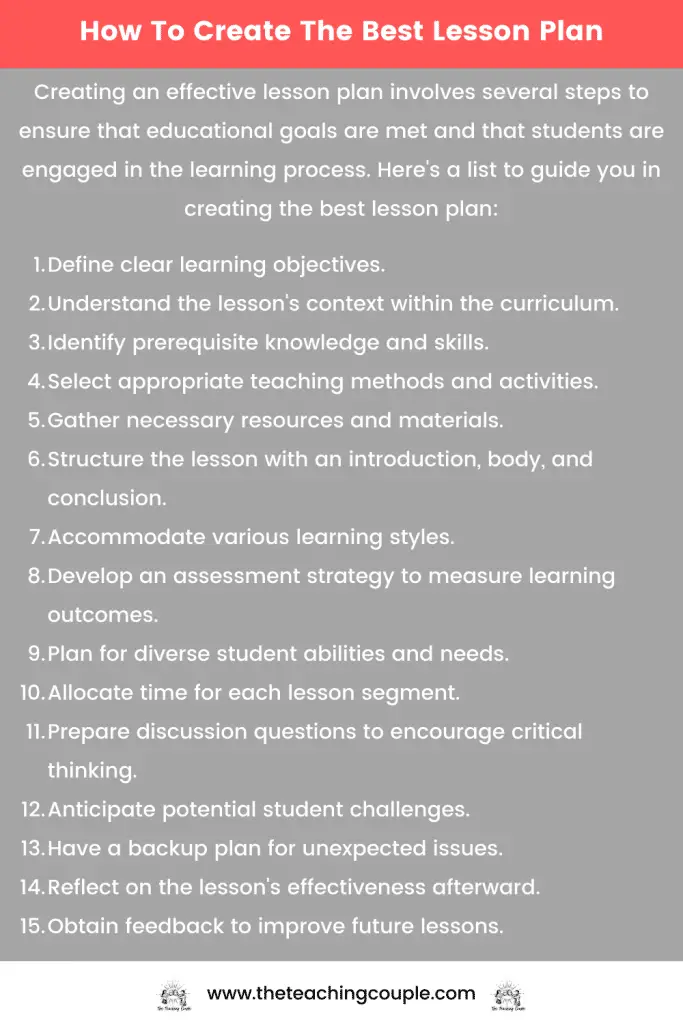
Developing Lesson Sequences on Spatial Concepts
Lesson sequences are a series of lessons that build upon each other to help students develop a deeper understanding of a particular concept. Teachers can develop lesson sequences on spatial concepts by breaking down the concept of space into smaller, more manageable ideas.
For example, they can start by teaching students about the different types of space, such as physical space and social space. They can then move on to teach students about the different ways that space can be used and the different factors that can affect how space is used.
Teachers can also use a variety of teaching methods to help students understand spatial concepts. For example, they can use maps and diagrams to help students visualise different types of space.
They can also use case studies to help students understand how space is used in different parts of the world.
Incorporating space into the geography curriculum is essential to help students develop a deeper understanding of the world around them.
By aligning their lessons with the National Curriculum and developing lesson sequences on spatial concepts, teachers can help their students develop the skills and knowledge they need to succeed in geography.
Exploring Earth and Its Place in the Universe
Geography lessons are incomplete without exploring Earth and its place in the Universe. This section will provide an overview of some key concepts and ideas that teachers can use to make their lessons engaging and informative.
Understanding Earth Systems and Their Interdependence
One of the fundamental concepts in geography is the idea that Earth is a complex system made up of interdependent parts. This includes the atmosphere, hydrosphere, lithosphere, and biosphere.
Teachers can use interactive diagrams and tables to help students understand how these systems interact with each other.
For example, they can use a table to show the different components of the atmosphere and their functions.
They can also use a diagram to show how the water cycle works and how it is influenced by different factors such as temperature, pressure, and humidity.
Teaching About the Solar System and Beyond
Another important aspect of teaching space in geography is exploring the Solar System and beyond.
Teachers can use interactive models and videos to help students understand the different planets in the Solar System, their characteristics, and how they orbit the Sun.
They can also explore the Moon and its phases, the different types of stars, and the Milky Way galaxy. Teachers can use images and videos to show students the different features of these celestial objects and how scientists study them.
Overall, teaching space in geography can be a fascinating and informative experience for students. By using interactive tools and models, teachers can help students understand the complex systems that make up Earth and its place in the Universe.
Assessment and Reflection in Geography Education

Geography education involves teaching conceptual knowledge and encouraging students to think geographically. Assessment and reflection are essential components of the learning process that help evaluate students’ progress and ensure continuous improvement.
Evaluating Students’ Conceptual Knowledge
Assessment in geography education involves evaluating students’ conceptual knowledge, which refers to their understanding of the fundamental concepts of geography.
This can be done through various methods, including quizzes, tests, projects, and presentations. Teachers can use rubrics to evaluate students’ conceptual knowledge and provide feedback on their strengths and weaknesses.
Assessing students’ conceptual knowledge also involves evaluating their ability to make generalisations about geographical phenomena.
This can be done by asking students to identify patterns and trends in data and draw conclusions based on their observations. Teachers can also use case studies to assess students’ ability to apply their conceptual knowledge to real-world situations.
Reflective Practices for Continuous Progress
Reflection is an essential component of the learning process that helps students identify areas for improvement and make progress.
Reflective practices in geography education involve encouraging students to reflect on their learning experiences and evaluate their progress.
Teachers can use various reflective practices, such as journaling, self-assessment, and peer assessment, to help students reflect on their learning experiences.
These practices can help students identify their strengths and weaknesses and develop strategies to improve their conceptual knowledge.
Reflective practices can also help students develop critical thinking skills, which are essential for thinking geographically.
By reflecting on their learning experiences, students can understand the complex relationships between different geographical phenomena and develop a deeper appreciation for the world’s interconnectedness.
Assessment and reflection are essential components of geography education that help evaluate students’ progress and ensure continuous improvement.
By assessing students’ conceptual knowledge and encouraging reflective practices, teachers can help students develop the skills and knowledge they need to think geographically and make generalisations about the world around them.

